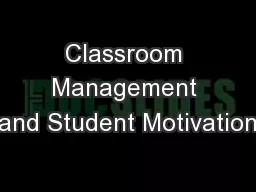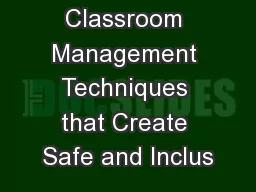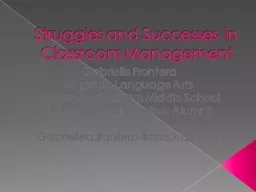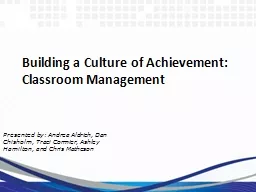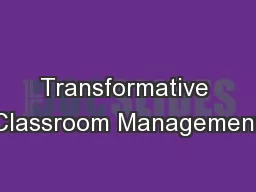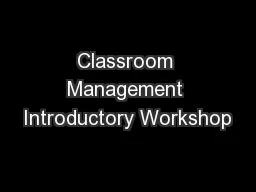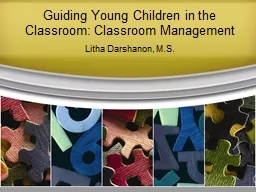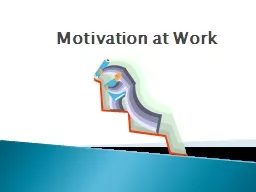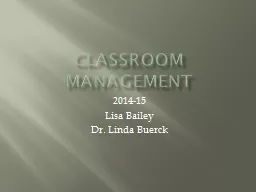PPT-Classroom Management and Student Motivation
Author : pamella-moone | Published Date : 2015-11-08
Clare Heaney Director of Studies CLASSROOM MANAGEMENT What is Classroom Management Effective Discipline Being prepared for class Motivating your students Providing
Presentation Embed Code
Download Presentation
Download Presentation The PPT/PDF document "Classroom Management and Student Motivat..." is the property of its rightful owner. Permission is granted to download and print the materials on this website for personal, non-commercial use only, and to display it on your personal computer provided you do not modify the materials and that you retain all copyright notices contained in the materials. By downloading content from our website, you accept the terms of this agreement.
Classroom Management and Student Motivation: Transcript
Download Rules Of Document
"Classroom Management and Student Motivation"The content belongs to its owner. You may download and print it for personal use, without modification, and keep all copyright notices. By downloading, you agree to these terms.
Related Documents

